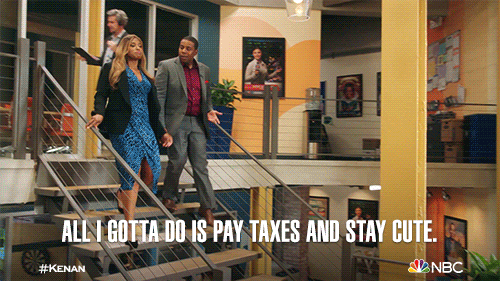Finding out you owe money at tax time can be a significant source of financial stress, but don’t fret. The Canada Revenue Agency (CRA) will work out a repayment plan with you now that workers are back on the job—but there will probably be a backlog.
Driving the news: The CRA kept payment deadlines the same despite the strike lasting nearly two weeks at a crucial tax filing time, leaving Canadians who need to work out a personalized payment plan with little information about how to proceed.
- The CRA works with taxpayers to develop a payment plan. But when we called the number listed to “discuss our options” on Wednesday during the strike, we got an automated message saying the call centre was closed.
- But a deal was reached early Thursday morning, and workers are expected to be back at it by 11:30 a.m. today.
Why it matters: Normally, the longer you put off paying your taxes, the more expensive it gets—the CRA charges daily compound interest on whatever balance you owe after the payment deadline, and four days of interest can add up fast.
- The interest is determined by the CRA’s prescribed rate, which is 9% this quarter. It’s a killer because your balance increases daily, and the interest accrued on that balance also increases.
- It’s not clear how those penalties will apply this year, given the strike, but the CRA hasn’t said they’ll waive those fees.
So if you’ve got a tax bill, here are some tips for settling it with the CRA while they get back into work mode:
- If you have the funds to pay your bill in full, you can do it online using your bank or the CRA’s My Payments. These are the fastest methods to stop interest accruing since they get processed the same day or the next business day.
- If you have some of the funds but not all, pay what you can afford to right now. It will lower the principal, so you’ll pay less interest on the balance until you can pay it off.
- If you have some of the funds and know you’ll have the rest in time, you can set up your own automated payment schedule through My Account on the CRA website.
- If you have no money right now, consider applying for a loan to settle it—as long as the interest on your loan isn’t higher than 9%.
- If you need to work out a plan, send them written communication now—even if you don’t get a response, having a timestamped record that you tried to get in touch could help make your case for waiving fees down the road.
Now that they are back at work, if you find a CRA agent that’s not willing to work with you to lower penalties, try calling back and talking to someone else—as strange as it sounds, sometimes just getting a hold of a nicer agent can make all the difference.
